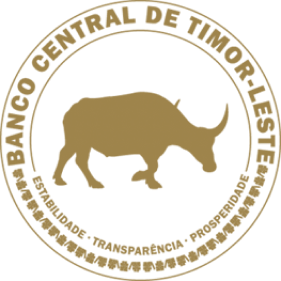Issue notes patacas 1910 - 1922
The currency which circulated in Timor-Leste was the Portuguese Patacas before the date of January 1, 2010 and at that time under authority of José Antonio Teixira de Sousa as Governor in 1909 and 1910, as head of last Monarchy Government on 26 June to 4 October 1910. All of banknote was circulated have been made in 1910 and before of June 26th with the fall of the regime on 5 October that the notes which changed was the 4 denominations by entering the Escudo República in place of the crown. The denomination of currency which changed; Notas 1, 5 and 10 patacas in March 1915, 20 patacas notes in September 1920 and 1 Pataca April 3, 1922. These banknotes withdrawn from circulation on March 31, 1948.
For detail information;
[+INFO]
For detail information;
[+INFO]
Issued into circulation
- Notes 1, 5 and 10 patacas in March 1915
- 20 patacas notes in September 1920.
- 1 Pataca April 3, 1922
- Withdrawn: March 31, 1948
| Issue 1910 |
 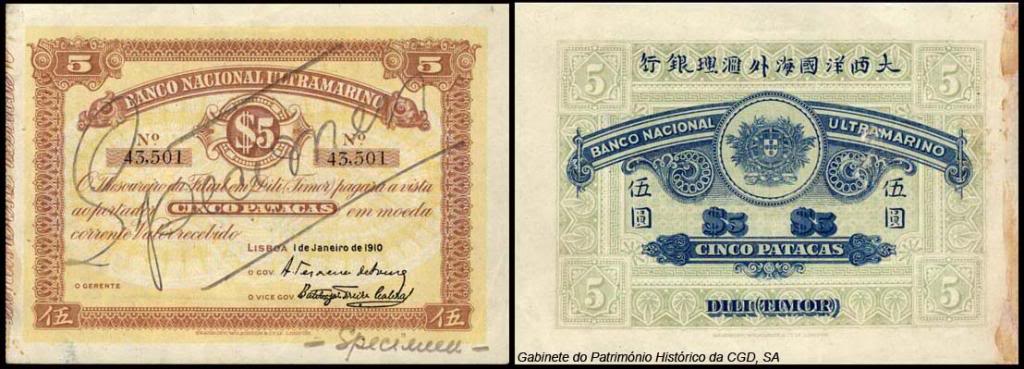 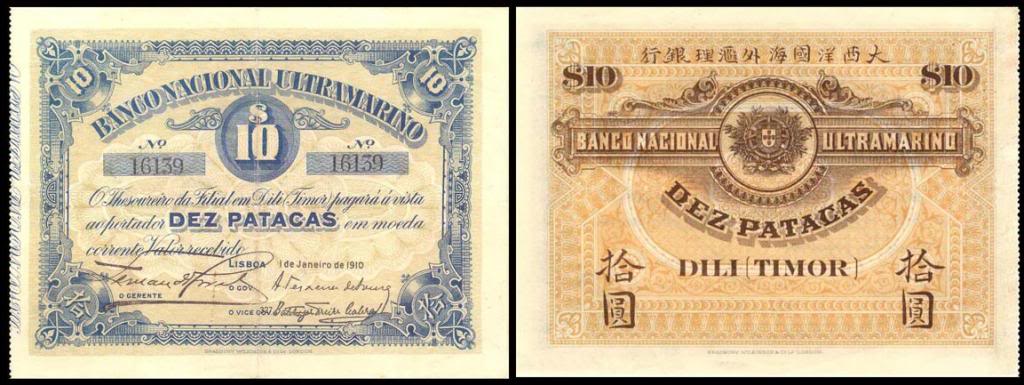  |
In 1912, Banco Nacional Ultramarino (BNU) was installing a building in Timor-Leste which serves as a government safe. This period also began to circulate the first notes of one, ten twenty-five patacas, as originating in Macao with the date 1905 and 1907 and the royal crown. They were quickly removed the previous currency and exchange the Pataca Timorese for origin market with the serial 1920 and 1922.
For detail information;
[+INFO]
For detail information;
[+INFO]
| Issue 1920 |
 |
| Issue 1992 |
 |
Chinese and Portuguese issue Patacas
| There were new issues of banknotes in 1933 and in 1945 with the addition of 5 MOP note. As already happened in Macau with chinese and Portuguese issued Patacas. The situation remains until the Second World War, from 1942 to 1945 the Japanese occupied Timor and issue his paper currency. The simple currency used in "trade protection zone" Maubara-Liquiçá during World War II were designed and signed by the administrative aspiring José Duarte Santa for four months served as Head of office of the Liquica Post, was later deported the Japanese to Alor Island where only returned after the war. The other is the signature Engº Candido Resende who died in that famine victim period and ill-treatment by the Japanese occuption forces. |
   |
| Issue Patacas 1948 |
 |
In 1924 Portugal abandoned the gold standard which resulted in the sharp depreciation of the Pataca against the shell; silver also depreciated about 35% against gold which, in short, gave rise to the guilder continued to be the currency of trade as the Pataca Mexicana was hoarded or used in the craft of filigree industry.
The situation remains until the Second World War.
From 1942 to 1945 the Japanese occupied Timor and issue paper currency.
| Japanese Occupation Money Was 1942 - 1945 |
       |
Japanese occupation (1942-1945)
In use the "Protection Zone" Maubara-Liquica where, during World War II, the Japanese concentrated all Portuguese colony. It is signed by the administrative aspiring José Duarte Santa for four months he served as Head of Liquica Desk;
It was later deported to the island of Alor where only returned after the war.
The other is the signature Eng Candido Resende who died in that famine victim period and ill-treatment by the Japanese occupation forces.
| Paper Issued 10 Avos |
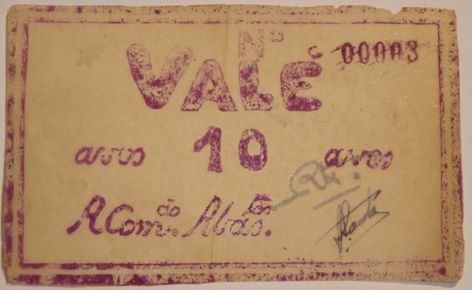 |
| Issue Notes Avos in 1940 - 1959 - Issue 1940 |
      |
| Issue Notes Avos in 1940 - 1959 - Issue 1948 |
 |
Celestino da Silva Series
The design of the banknote with imagem Celestine da Siva in 1959, it is a reform for pataca (monetary unit used previously) as beginning of the currency Escudo. This series is the honors José Celestino da Silva, Portuguese military, governor of Timor between 1894 and 1908, which in its period eventually suffocate different rebel kingdoms.
The banknotes was circulated on the denominations of 30 and 60 Escudos, the convertion rate a Pataca approximately 6 Escudos, Escudos, the convertion rate a Pataca approximately 6 Escudos.
The banknotes was circulated on the denominations of 30 and 60 Escudos, the convertion rate a Pataca approximately 6 Escudos, Escudos, the convertion rate a Pataca approximately 6 Escudos.
Timor-Leste currency continue redesign with the same characteristic that only changed the previous image to the D. Aleixo were made with the same plate format in similar design were written in Portuguese and Chinese, because the relationship that Timor had to Macau within the Portuguese administration.
For detail;
[+INFO]
| Issue Celestino da Silva Series 1959 – 1962 |
    |
The first acquisitions were the notes of 100 escudos ($) Series D. Aleixo, along with $ 500, dating from 1963, and the notes of 20:50 shields the same series, but were issued in 1967. Finally , the ballot 1000 shells was issued later in the year in 1968. About D. Aleixo and its obvious importance for the history, culture and east Timorese identity, in the form of a national hero, will not speak here because I have treated this noble Timorese citizen in a previous post.
Detail Information;
[+INFO]
Detail Information;
[+INFO]
| Issue D. Aleixo Series 1963 - 1975 |
     |
Indonesian Rupiah 1975 - 1999
The currency in circulation along with occupation of the Indonesian government is Rupiah (IDR) as a medium of exchange in Timor-Leste at the period 1975 to 1999. It is a very long after the Portuguese government leaves the territory of Timor-Leste. The currency used are as follows:
For detail;
[+INFO]
For detail;
[+INFO]
For Indonesia currency;
[+INFO]
| Indonesian Rupiah 1975 - 1999 |
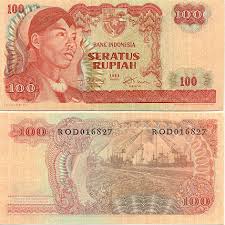 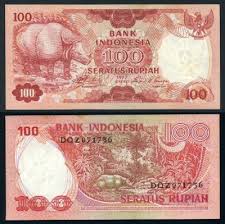  |
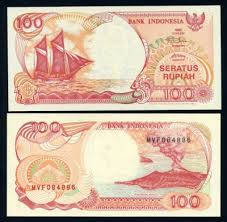 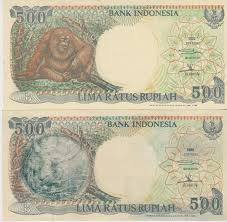 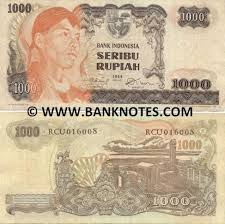 |
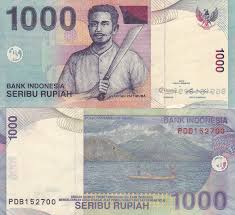  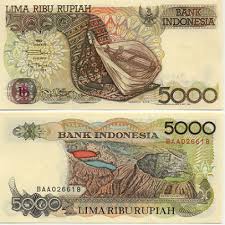 |
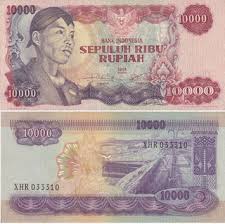 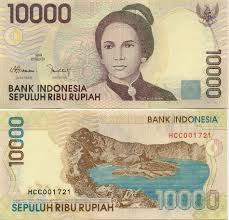 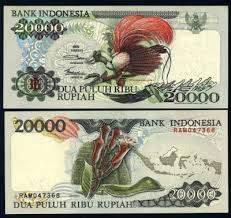 |
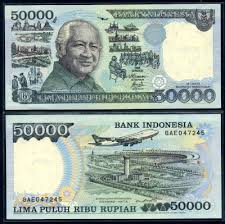 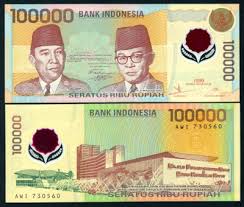 |
Updated, 22 August 2016
